Brit is Editor-In-Chief at Discorder Magazine, Community Engagement Coordinator at VIVO Media Arts Centre, and frequent contributor to Vandocument. When she isn't writing or sneaking into studios, Brit draws.
Have you seen?
- I Work
- I DYE
- I Weave a Metaphor
- I Begin
- Process before product
- Row, row, row your process…
- It’ll be fun, yeah. It’ll be a fine time.
- Imaginary Homelands
- You Can Envision Anything
- Squares are Pink and Circles are Blue
- Vancouver Art Book Fair 2018
- Wetland Project: Painting with Microphones
- “OW”: How does it feel and what does it look like?
- In Plain Sight, Phantom Shadows
- Deep Listening x 40 @ 333
- You, Only Better by Kim Kennedy Austin
- Removed at artist’s request
- Art! Books! and Mags! and Zines! and…
- Doing the hustle for art books & publishing
- In The Media Tent
Added on June 19, 2015
Brit Bachmann
condo developments , Czech Republic , False Creek , field recordings , Klasika , Kyla Gardiner , Megan Stewart , multidisciplinary , Rebecca Bruton , Robert Leveroos , School for the Contemporary Arts , SFU , Simon Fraser University , tramping , vandr , Woodwards
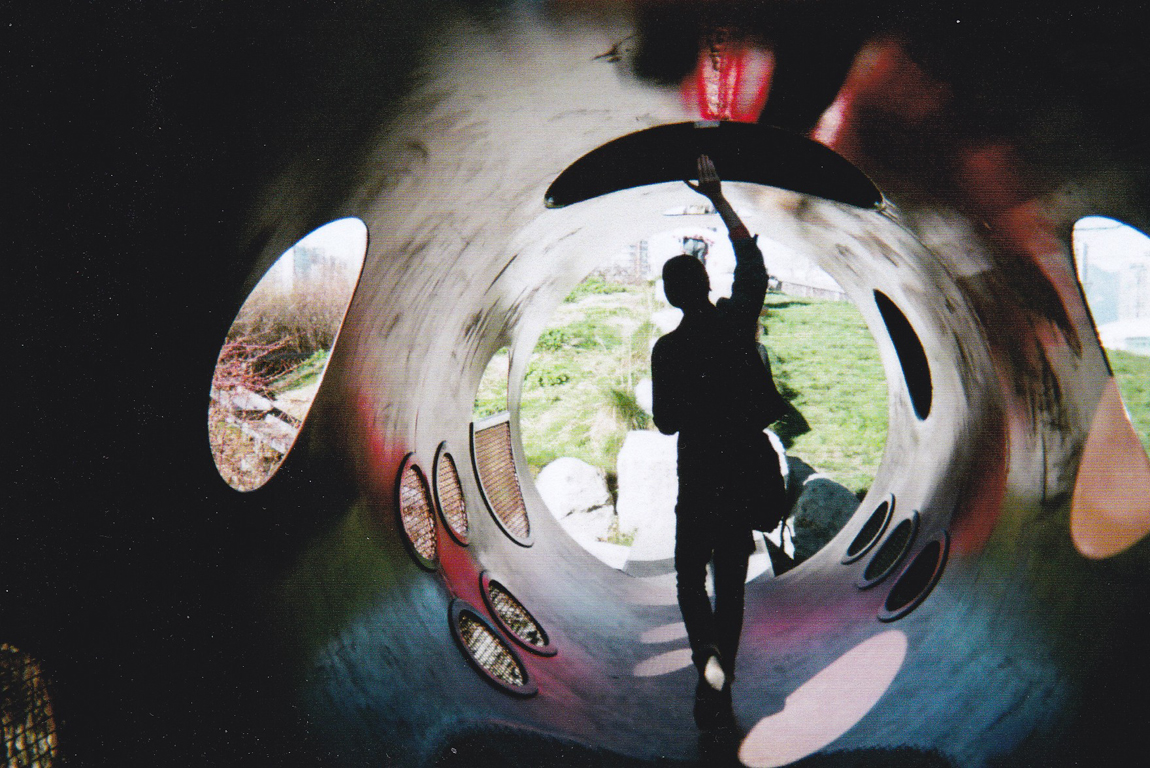
Makeshift Cowboy Meets Improvised Beach
Klasika goes on an urban vandr
Written by Barbara Adler
Brit Bachmann photos
Brendan Yandt soundscape
It feels like it happened a long time ago. A group of friends met in my office at SFU’s School for the Contemporary Arts, where I am currently a graduate student. We listened to field recordings I made last summer in the Czech Republic as we browsed a makeshift clothing rack, outfitted with cowboy duds selected by my collaborator, performance maker and designer Kyla Gardiner. Following Kyla’s directions, we costumed ourselves as ‘cow folks’, sprucing up our own clothing with her finds, until we looked like a pack of arty rodeo runaways, and\or a nostalgic ad for denim.
We had gathered for the first official Canadian ‘vandr’ for Klasika, a multidisciplinary project that adapts elements of Czech tramping to a Canadian context. In October 2015, Klasika will become a multidisciplinary musical, based on my research into the phenomenon of Czech tramping, which is explained in more detail in previous articles. As part of my research, I’ve been corralling various friends and collaborators into the process of building the show. For me, Czech tramping culture is a way to think about the utopian labour of friendship. For the past year or so, I’ve been asking my friends to work with me on various exploratory projects, including the vandr we’d gathered for in late February.
As it’s normally practiced in the Czech Republic, a vandr involves a group of friends taking a recreational jaunt into the countryside. Historically, Czech tramps have worn different kinds of costumes as part of this activity, including various appropriations and re-imaginations of Wild West archetypes. An essential theme to this activity is finding freedom in the outdoors—from the pressures of work, politics, or societal constraints. There’s also an emphasis on making your own fun, cheaply, with friends. Although Czech tramps have rituals, histories and shared practices that draw them together, the overarching feel is casual: it’s a kind of celebration of the make-shift and the improvisational. There is no official ‘costume’ or ‘uniform’ of Czech tramping, but most of the tramps I have met sneer at the elaborate outdoor gear required by the average Gortex-cocooned hiker. As the the thinking goes, you shouldn’t need much beyond your own knowledge and the help of your friends to make your way into the woods.
Given the emphasis on the simple pleasures of nature, it seems odd that our first vandr took a very urban route. This decision reflected its own kind of contingency. We’d decided to walk from the School for the Contemporary Arts to Windsor Plywood, where we planned to select a piece of plywood for an important prop for Klasika, the multidisciplinary musical. We did this, in part, because it was a task we needed to do, and bringing friends into the labour of building the show is an important part of the ethic we are trying to build around it. We also did it because we were curious to see if our imaginations could transform the space we walked through. If we performed an outdoor activity in an urban environment, could we we create what we were missing in the urban environment? Could we hike our way past the city sounds, into small sites of escape?
On our way, we passed plenty of evidence that we’re not the only ones thinking about this problem. Our route zig-zagged between condo developments, small businesses and the False Creek portions of the sea wall. We heard traffic, construction, and the general mill of busy people moving through the city. Yet, we saw efforts to imagine nature almost everywhere we looked. We saw pocket parks, where native grasses mixed with community garden boxes, and duck ponds where bull-rushes grew around rusty industrial cast-offs. We made a side-expedition to an artificial island built from construction debris. Wandering through convincing facsimiles of lightning-killed trees—in fact, planted by landscape architects—we watched people sunning themselves on the faux shore and agreed that this place was doing its job. It felt almost ‘authentic’, like a memory of a camping trip that ends with beer and a beach fire.
Most of us had passed these sites before, but something about the walk—the giddiness of prancing around together in costume; the attention from strangers (“Howdy, cowgirl”); the fun of a picnic lunch laced with exotic Euro-deli meats; a skin bag of whiskey—something about the walk made us encounter these sites with a new sincerity. We talked earnestly about the public art that we saw, as if the conclusions we came to would actually change something. We read informational panels and stopped to look through wire fences at construction sites that looked like art installations. We noticed when we passed trees that were full of birds.

Klasika Vander, February 28. Photo by Brit Bachmann
Artist Brendan Yandt, one of the artists on our vandr, recorded audio throughout the day. He had this to say:
Czech tramping culture deals in borrowed images: the cowboy, the soldier—character ideals that belong to real yet mythologized groups, each exemplifying a particular turn on a heroics in the wild. Both are American folk archetypes set apart from the real through the storytelling culture of their native land, and further removed as taken up by weekend frontiersman searching through the Czech countryside. In this activation a new real emerges, one of mediated images cast on local lives, and a new arm of culture forms.
Photographs and audio recordings also draw the real from limited dimension. The photograph suggests depth on a 2D plane, and sound can create a sense of full space through only two channels. A mind strives to see even mediated images as having full dimension, whether visual, sonic, or cultural. Saving an obvious subversion, or dissonance with the real, the image experience will be greater than the a mere sum of information.
The soundscape below compresses moments from the vandr’s hours into a few minutes, casting temporally separate sounds of spaces and voices in layers, cross connecting in new formations. The real of the event unfolds from its moment, yet is also made absent; a mediated document of listened space.
Yandt’s soundscape documents his impressions of this vandr, and continues our question: can imaginative acts meaningfully transform the world around us? What does it take to recognize the resources that are already present, and available for our own re-purposing? Whether or not this kind of activity can create lasting transformation is a question that we’re still thinking about. Listening to the birdsong and happy chatter that Brendan captured, it feels like the only thing we can really do is walk again, until it feels a bit closer.
With thanks to my fellow vandrers: Brendan Yandt, Brit Bachmann, Robert Leveroos, Megan Stewart and Rebecca Bruton.
Search
Posts by category
Posts by date
Bringing you the best in emerging arts and creative events since 2013
Contact us: sayhi@vandocument.com // 778.881.8932 // Coast Salish Territories
Powered by WordPress -
Designed by Gabfire Themes

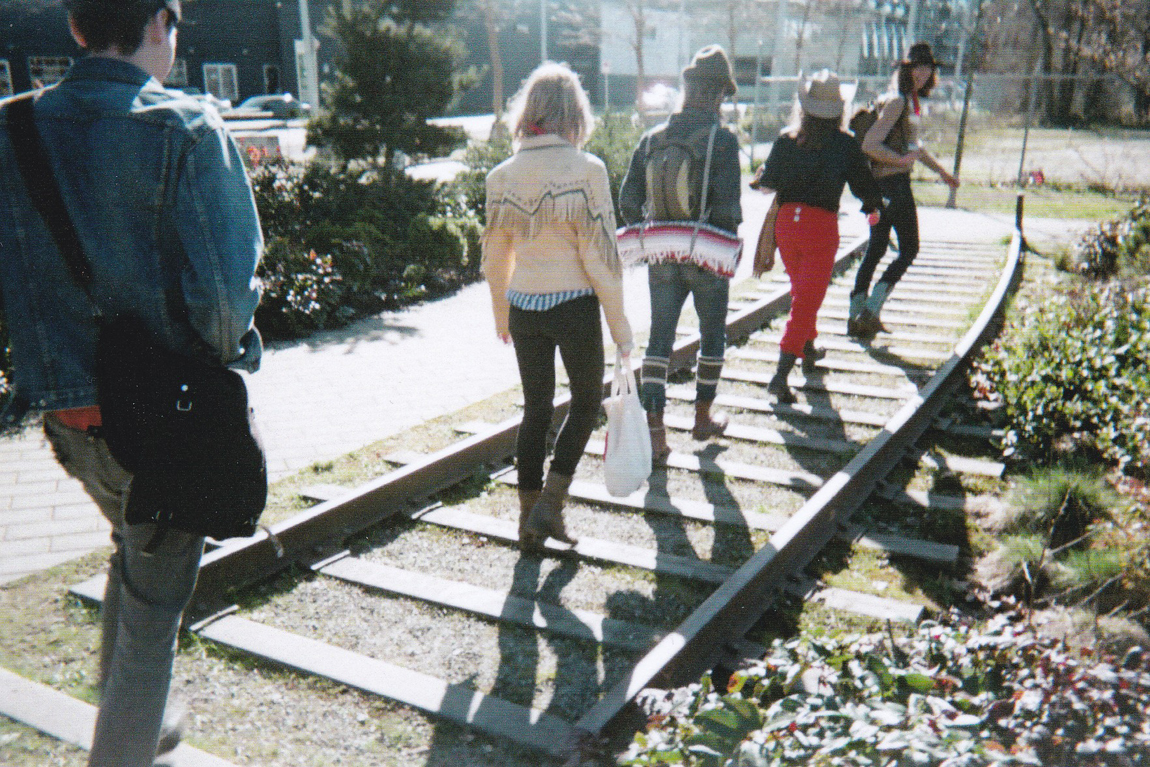
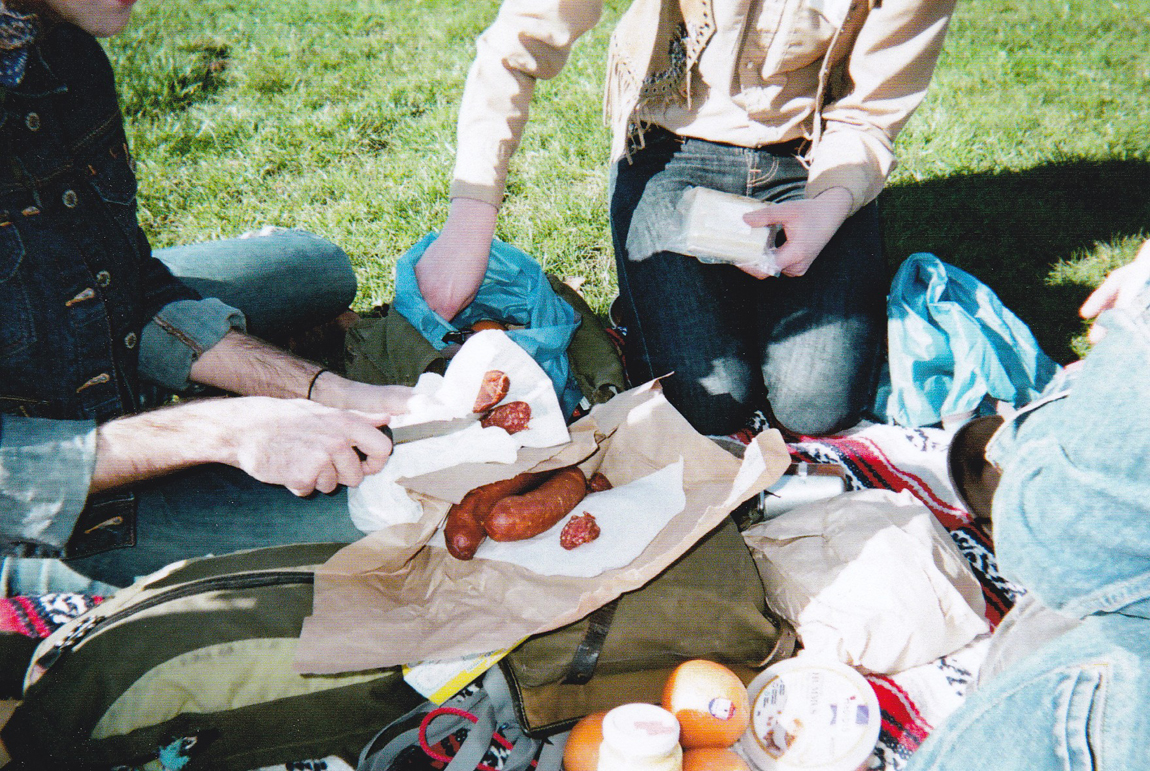
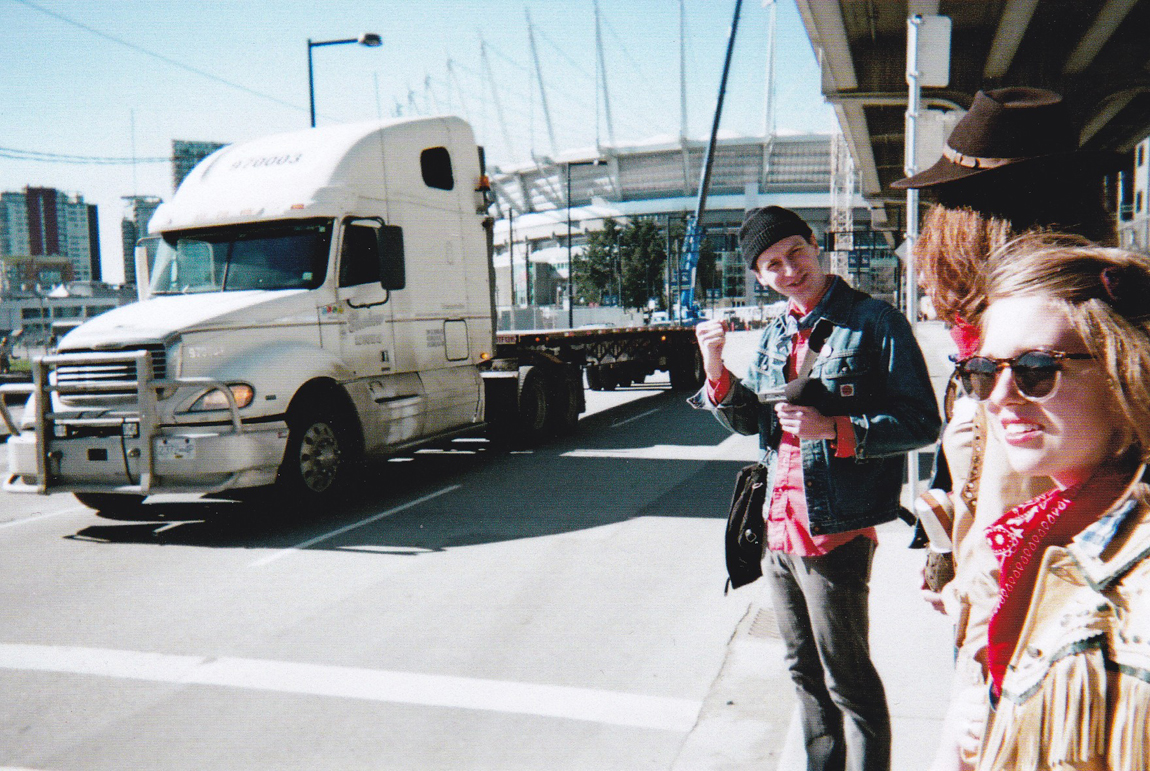
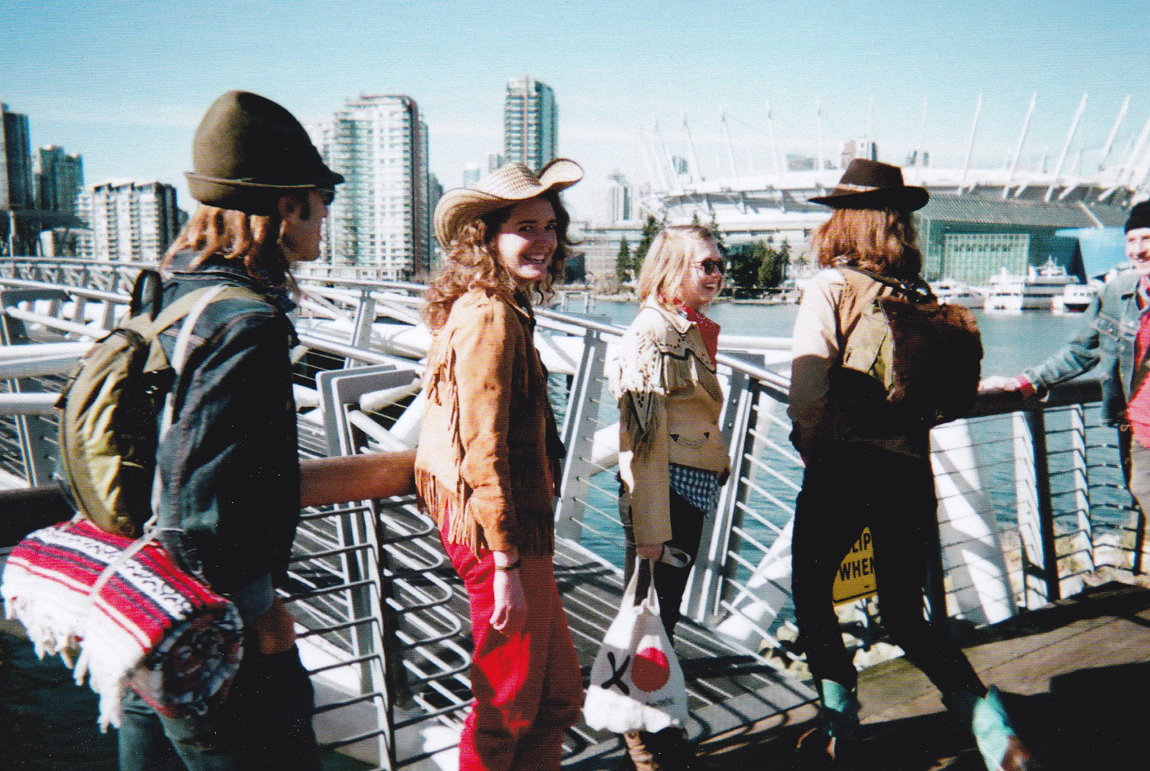
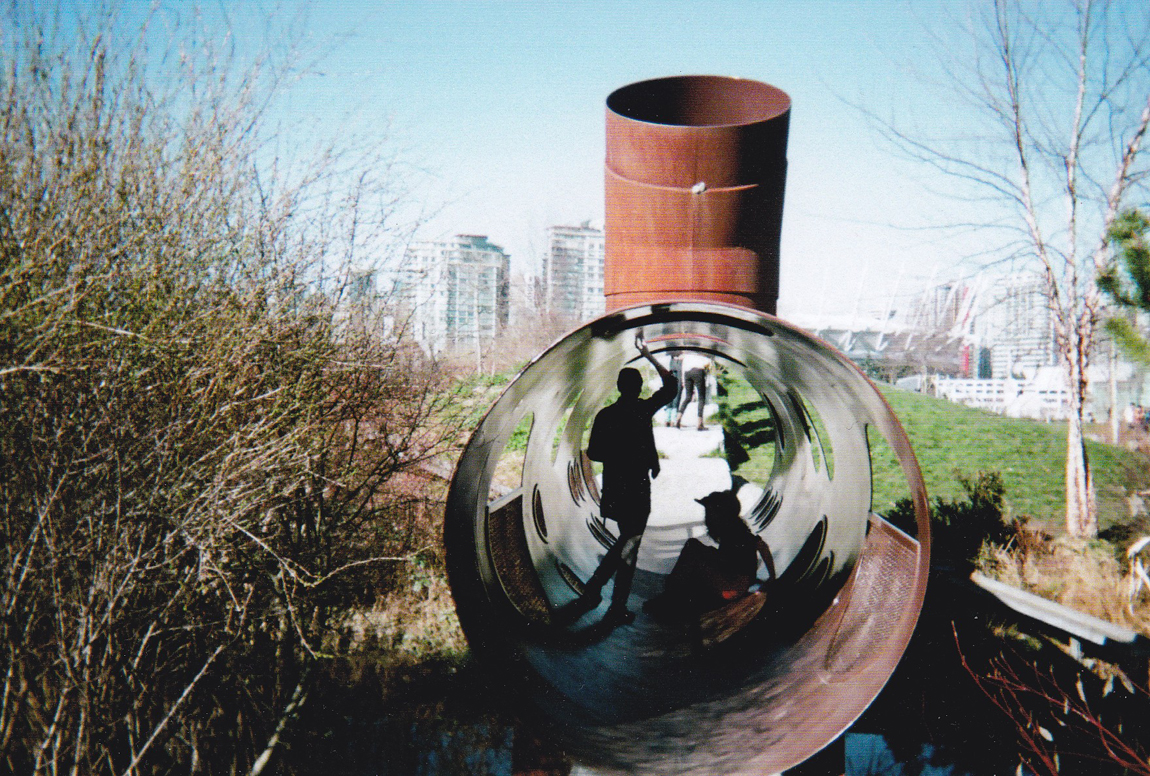
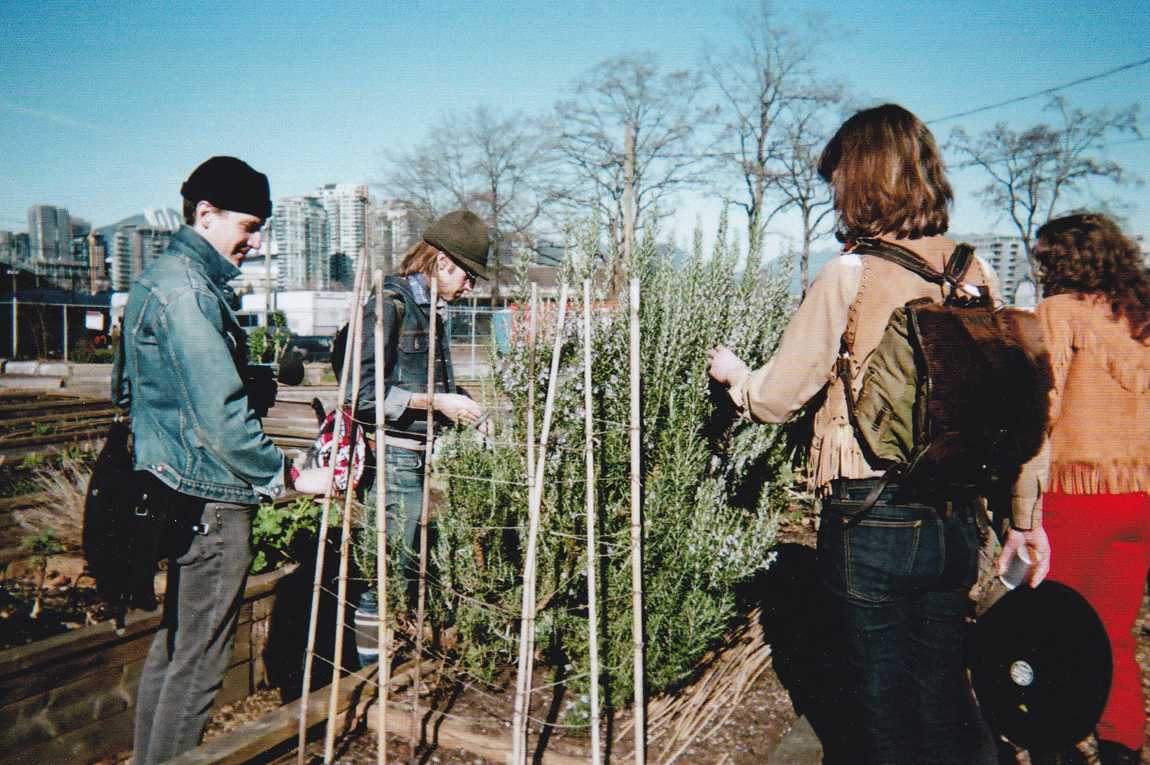
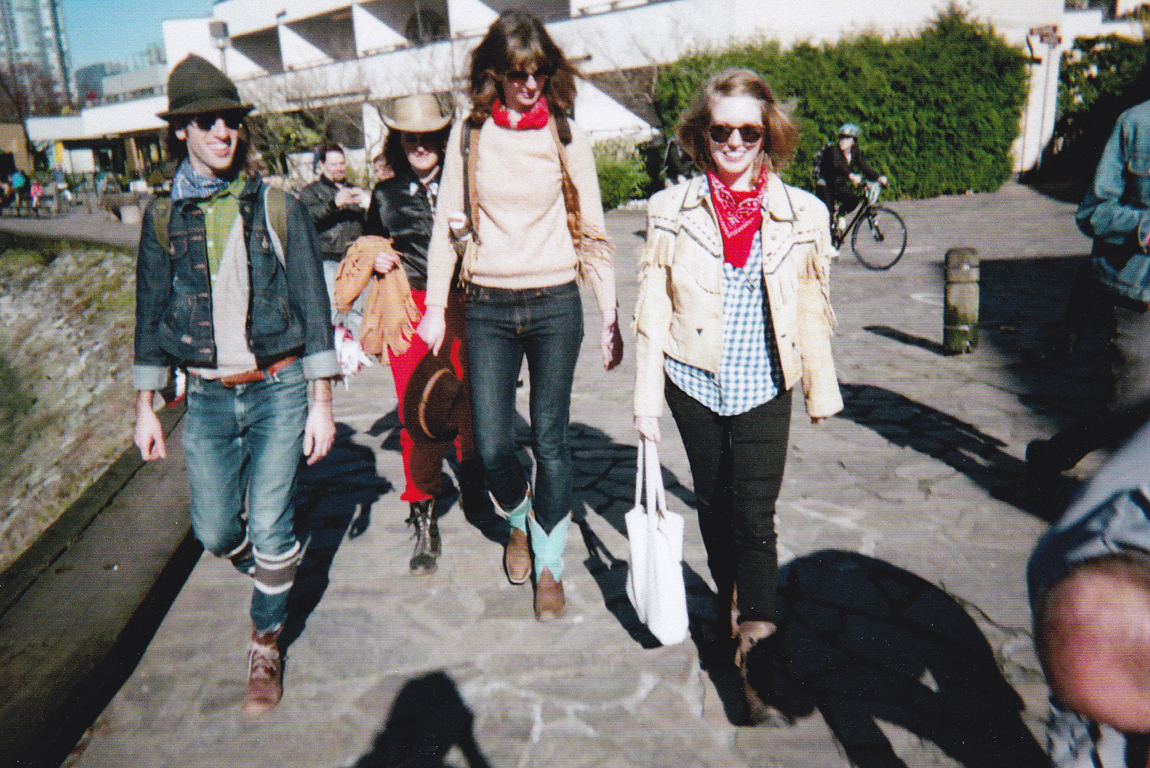
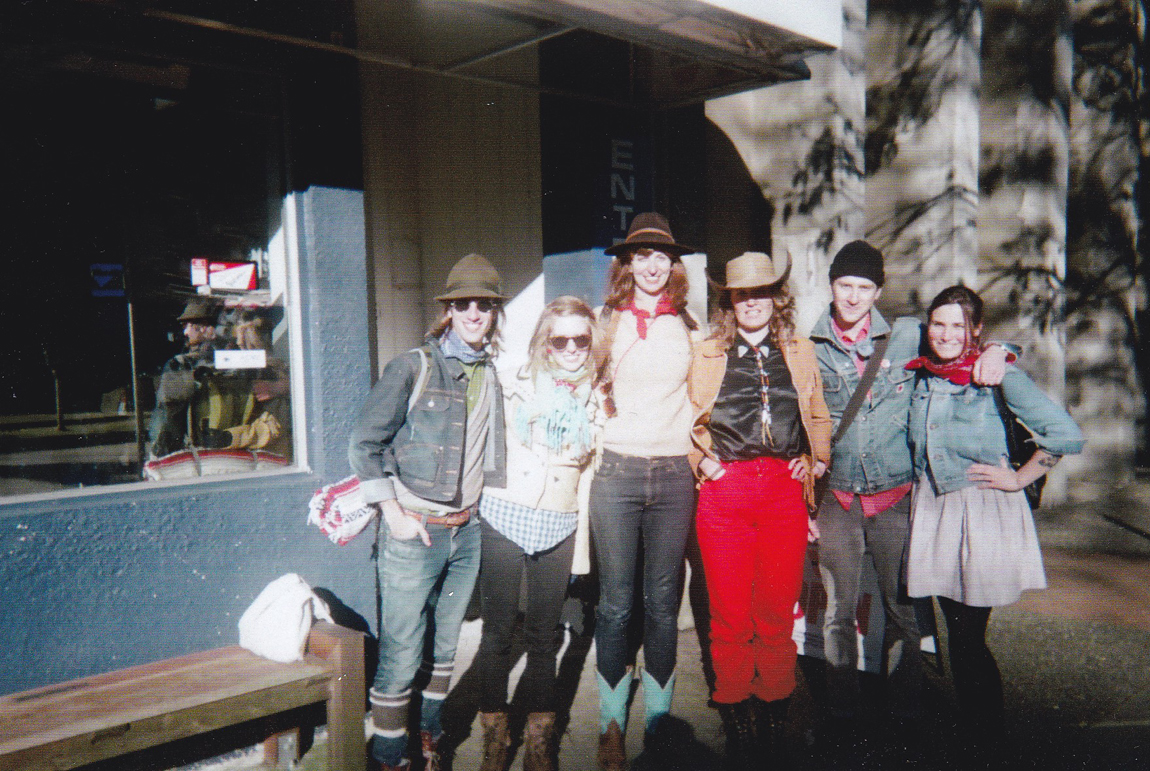
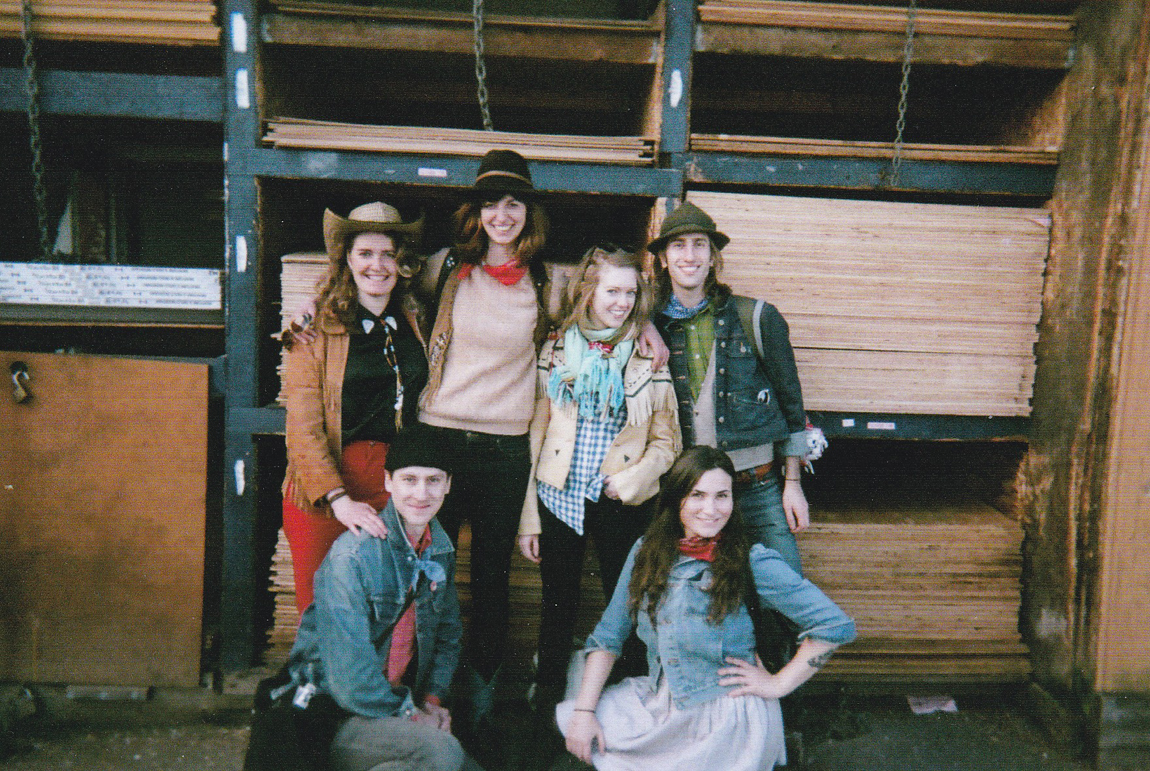
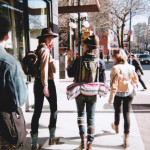
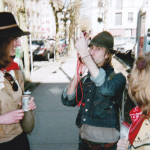
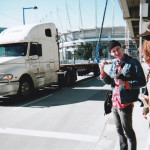
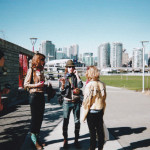
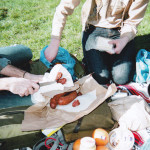
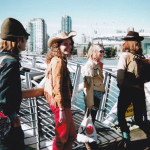
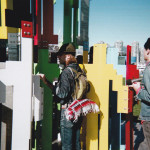
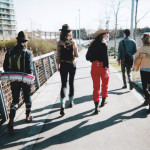
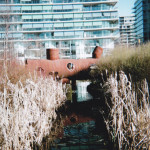
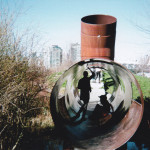
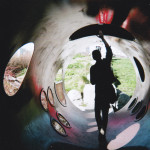
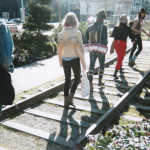
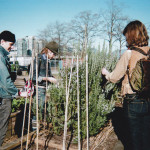
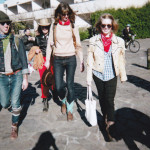
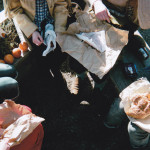
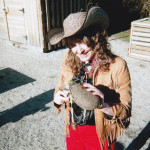
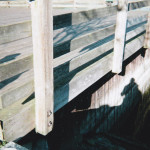
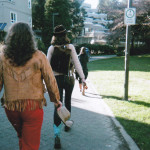
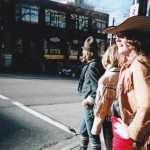
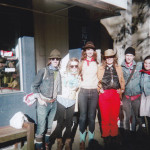
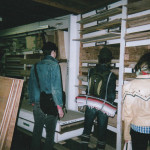
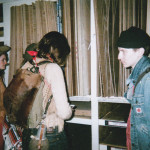
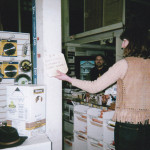
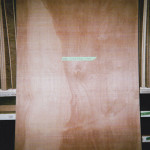
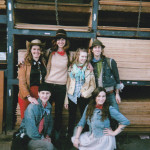
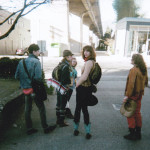
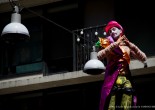

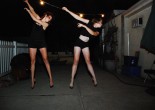
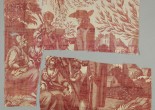

Yay! I have been waiting to see this post for a while. So great. Thanks Barbara! Vandr on!
Pingback: Strange Memorial: an audio memoir for remembering Hastings St. | VANDOCUMENT
Pingback: Blisters are the way the leather says ‘I love you’ | VANDOCUMENT
Pingback: High Hair Economics: An Interview with Klasika’s Ashley Aron | VANDOCUMENT
Pingback: Klasika Opens Tonight! | Megan Blythe Stewart